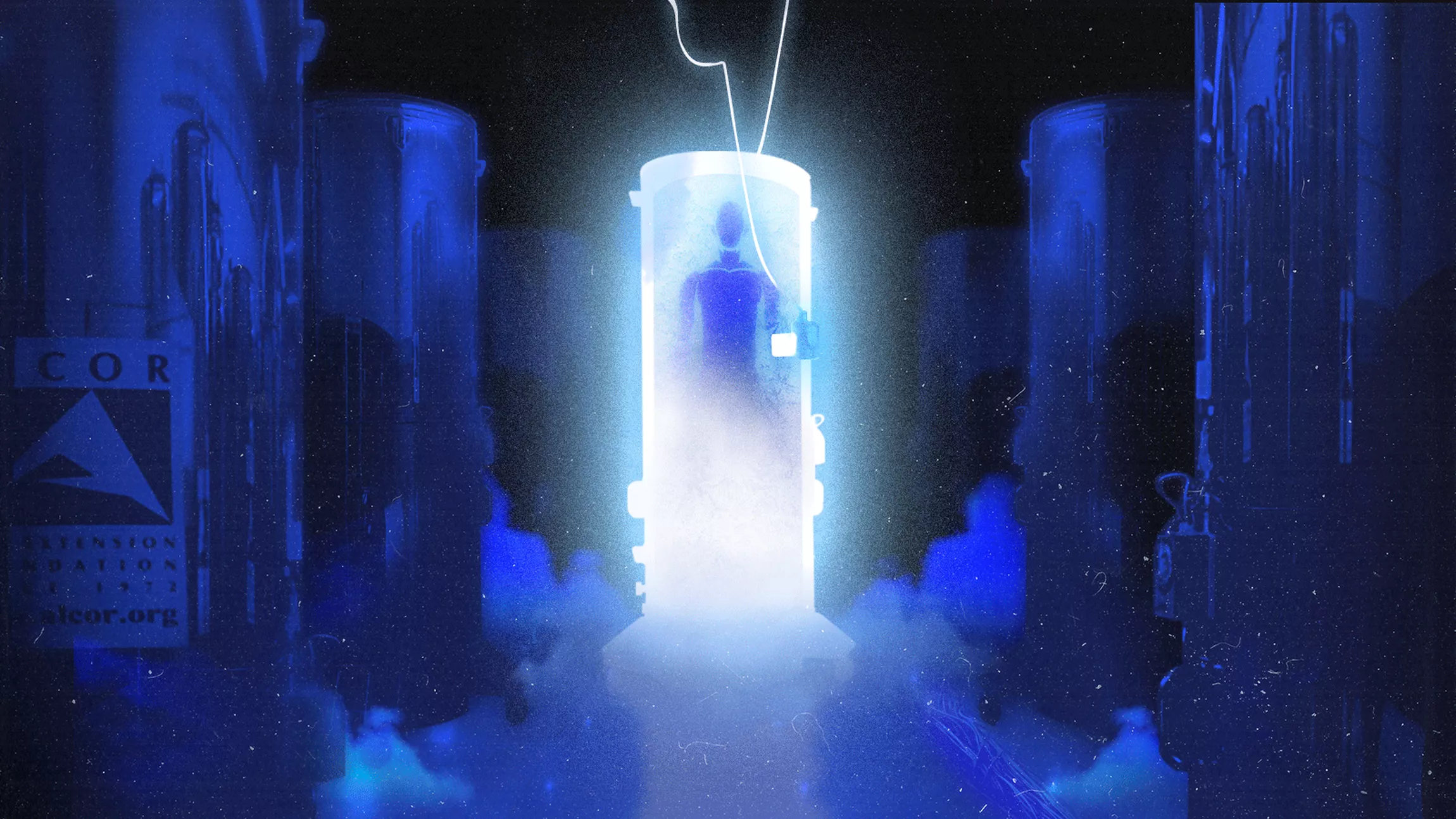
Cryonics, brain preservation and the weird science of cheating death
-
July 10, 2020
inda Chamberlain works just down the hallway from her husband. She walks past him every day. Occasionally she'll stop by to check in on him and say hello.
The only problem is, Fred Chamberlain has been dead for eight years. Shortly after he was pronounced legally dead from prostate cancer, Fred was cryopreserved -- his body was filled with a medical-grade antifreeze, cooled to minus 196 degrees Celsius and carefully lowered into a giant vat of liquid nitrogen.
So when Linda visits Fred, she talks to him through the insulated, stainless-steel wall of a 10-foot-tall preservation chamber. And he's not alone in there. Eight people reside in that massive cylinder along with him, and more than 170 are preserved in similar chambers in the same room. All of them elected to have their bodies stored in subzero temperatures, to await a future when they could be brought back to life. Cryonically preserved in the middle of the Arizona desert.
This story is part of Hacking the Apocalypse, CNET's documentary series on the tech saving us from the end of the world.
Robert Rodriguez/CNETLinda Chamberlain is cheerful as she shows me her husband's perhaps-not-final resting place. She places her hand on the cool steel and gives it a loving pat. Being in a room with 170 dead people isn't morbid to her.
"It makes me feel happy," she says. "Because I know that they have the potential to be restored to life and health. And I have the potential of being with them again."



